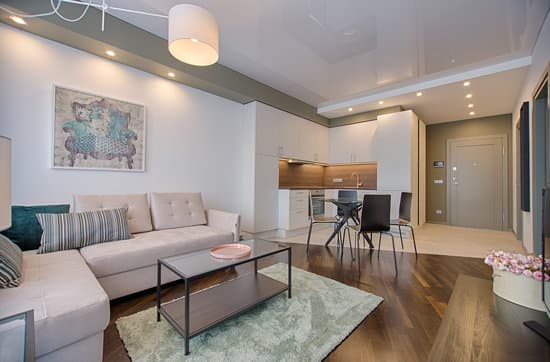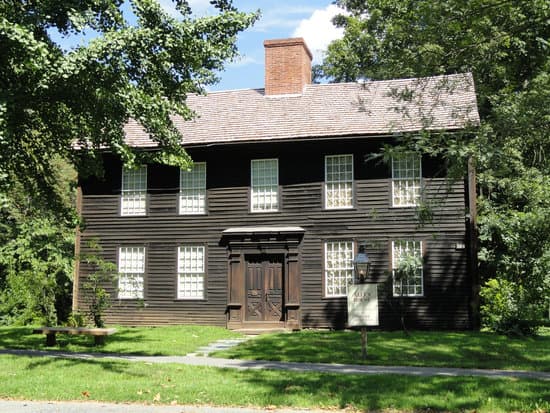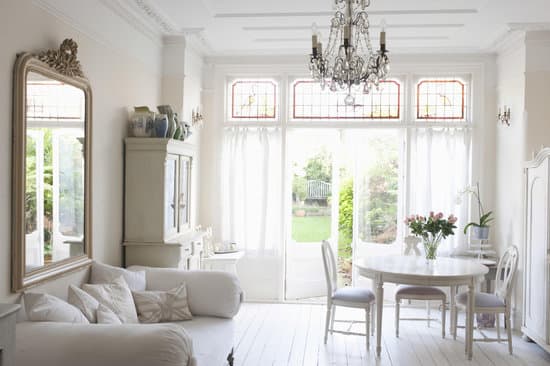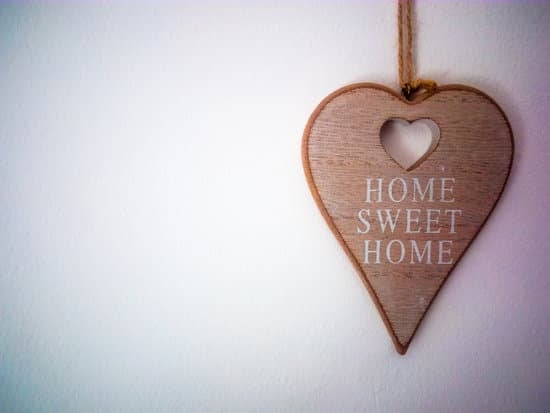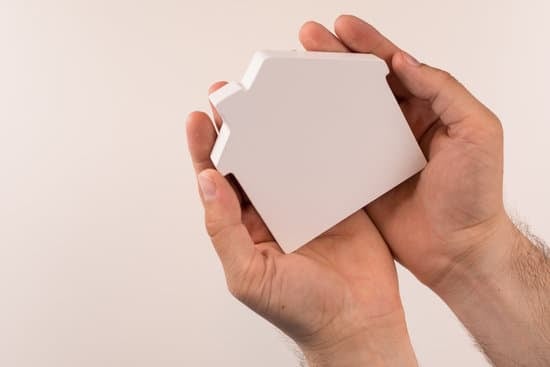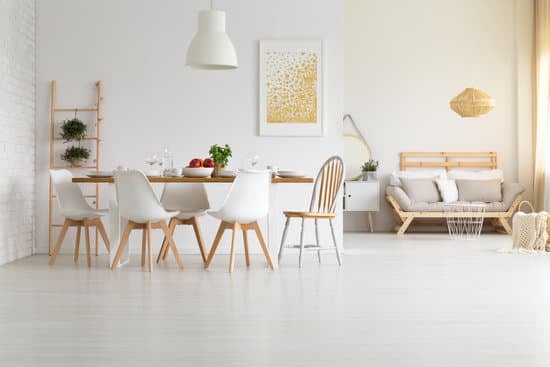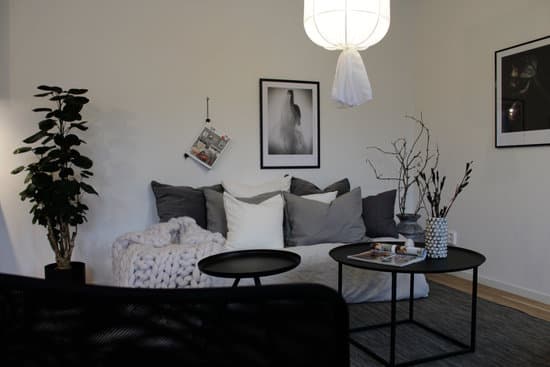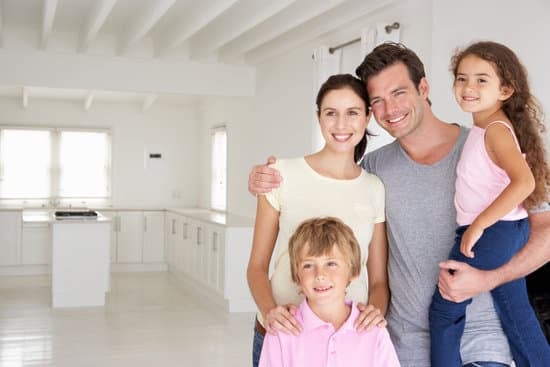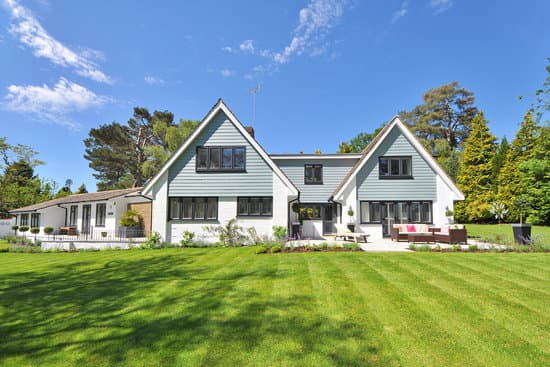Victorian Style: A Brief Overview
Victorian Era architecture, spanning from 1837 to 1901, was characterized by grandeur, ornate embellishments, and intricate details. Victorian houses are named after the British monarch at that time, Queen Victoria, and they became popular after the Industrial Revolution. The houses were primarily built for the middle and upper-class citizens, serving as a status symbol. Victorian style houses are unique, and they are undoubtedly one of the most recognizable architectural styles in the world. Large staircases, big mantles, big fireplaces, and closed-off rooms mark a historic Victorian home.The Significance of Large Staircases in Victorian Homes
Victorian homes often boast impressive grand entryways. Upon entering a Victorian home, it is not uncommon to see a grand staircase showcasing intricate woodwork, sweeping curves, and elegant banisters. Large staircases have always been a significant feature in Victorian homes, symbolizing grandeur and affluence. Victorian staircases were often the focal point of the entryway and were meant to impress guests. Key Point: Large staircases are a classic staple in Victorian homes, and upgrading this area by restoring original wooden features or installing a decorative chandelier can add glamour and charm.Big Mantles and Fireplaces in Victorian Homes
Big mantles and fireplaces are the hallmark of a Victorian house. Victorian chimneys are notably tall with ornate designs, which contributed to home design’s overall grandeur. The fireplaces within the homes were often created with intricate tiles or patterned bricks, serving as an anchor for an opulent living room or library. A grand Victorian fireplace provided both heat and was a center for family gatherings. Key Point: Victorian fireplaces are highly valued today and can add a touch of timeless elegance to a room, making them a highly sought-after feature when looking to buy a home or upgrade an existing one.The Charm of Closed-Off Rooms in Victorian Homes
Closed-off rooms in Victorian homes are often a significant characteristic of these beautiful homes. Unlike modern open concept living, Victorian homes often have separate rooms intended for specific purposes such as a formal dining room, drawing room, or library. The Victorian lifestyle preferred privacy, and these closed-off rooms served as sanctuaries for personal time and entertainment, and served well for hierarchical socialization. Key Point: Closed-off rooms are still charming and desirable, and with the right updates, can serve modern day lifestyles perfectly.High Ceilings and Ornamental Trim in Victorian Style
Overly high ceilings were commonplace in Victorian homes. The increased height allowed for more ample rooms that could better display their luxurious finishings. Victorian ceilings were often adorned with ornamental trim, including plaster cornices, centre roses, ceiling roses, or other decorative details. These luxurious finishing touches were often painted in rich colors such as gold or silver accents or bright pastels. Key Point: Victorian ceilings and ornamental trim work are still an effortless way to add depth, luxury, and character into a room.Wood Trim: A Key Element in Victorian Homes
Victorian homes typically feature wood trim, which is abundant in most areas or rooms. From baseboards to crown moldings, window casings, doors, and banisters, woodwork is an essential feature of these homes. Typically, the wood is often dark, and it can be intricately carved and detailed. Key Point: To restore its original luster, refinishing Victorian wood trim through buffing or sanding can be a highly satisfying project to bring back its character and beauty.Decorating Tips for Victorian Homeowners
If you’re the proud owner of a Victorian home, there are plenty of ways you can decorate it to bring back its timeless charm. Here are some tips for adding character back to your home:- Choose light colors to complement intricate molding or woodwork
- Invest in antiques and vintage pieces to give the room character
- Select traditional textiles, such as velvet and satin, to achieve a luxurious Victorian ambiance
- Maximize the use of natural light with curtains or window covers






